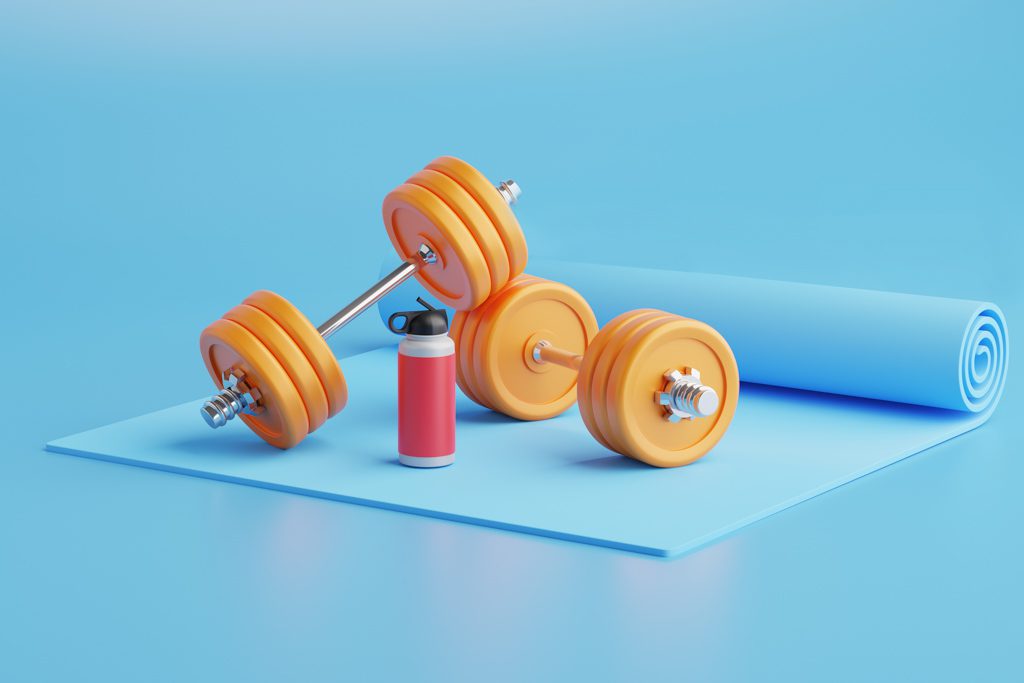Anyone who buys or is given wearable fitness tech or a piece of equipment this year is a potential client.
Think about it: The many people who don’t have any interest in fitness are a long way from walking into your gym. They’re the coldest market you can imagine—some of them actually hate exercise, and, by association, you and your business.
But anyone who receives or buys a fitness item is thinking about fitness in some way. The person either made a decision to spend money on an item or expressed an interest that caused a relative or friend to spend the money. This person could be your client one day. All you have to do is connect and educate.
Here’s how to do it.

Your plan is simple:
Step 1: Find out what fitness stuff is hot right now.
Step 2: Tell people more about this stuff: how to use it, how to maximize the benefits of it, which items are better than others and so on. Be the expert.
Step 3: Give them “what’s next.”
Here’s your cheat sheet for Step 1:
- Rolling Stone’s list of hot 2021 fitness gifts.
- Bestproducts.com’s list of 60 fitness gifts.
- Self.com’s best fitness gifts.
Don’t worry if these articles are billed as gifts for “avid exercisers.” Many of the items on these lists will appear under the tree for anyone who’s expressed even a tiny interest in fitness.
Steps 2 and 3: Some Examples
Here are some ways you can showcase your expertise and start creating a trail of protein bars that leads back to your business:
1. Gimmicky self-massage devices: What do they do and can they help people recover or feel better? What’s next: See a qualified therapist for personalized care, such as (insert trusted local professional—bonus points if that pro works out of your gym).
2. At-home fitness equipment: What gives you the biggest bang for the buck? Do you have any tips for usage, such as checking collars before lifting, adjusting seats for best mechanics and checking for overhead lights before swinging that new kettlebell? How about maintenance tips? What’s next: Book a PT session with you to ensure proper technique.
3. Footwear: Are the most popular shoes suited for every activity or just some activities? Why are running shoes not ideal for side-to-side movements? What’s next: Refer people to a trusted footwear store with well-trained staff members.
4. Fitness “mirrors”: Do they include enough weight to build strength? Can artificial intelligence really correct form and prescribe proper loading and intensity? (Read a review here.) What’s next: Come in for a PT session to go over form points for troublesome movements or movements the mirror doesn’t address. Hit a group class once a week to increase fun and motivation after you’re comfortable training at home.
And so on.
Your Gym: The Fitness Hub in Your Town
The point: Create a link between your service/expertise and the stuff people will find under the tree.
Remember that the people you’re writing to are taking baby steps toward fitness. Your goal is to help them keep walking and eventually stride into your business. Do that by being friendly, professional and helpful, not by making fun of the gear you’re writing about—even when that gear is comical to an experienced trainer.
Be the local expert this holiday season and get ready to step in when the shine wears off the gifts and consumers need more help than AI and massage guns can give them.

